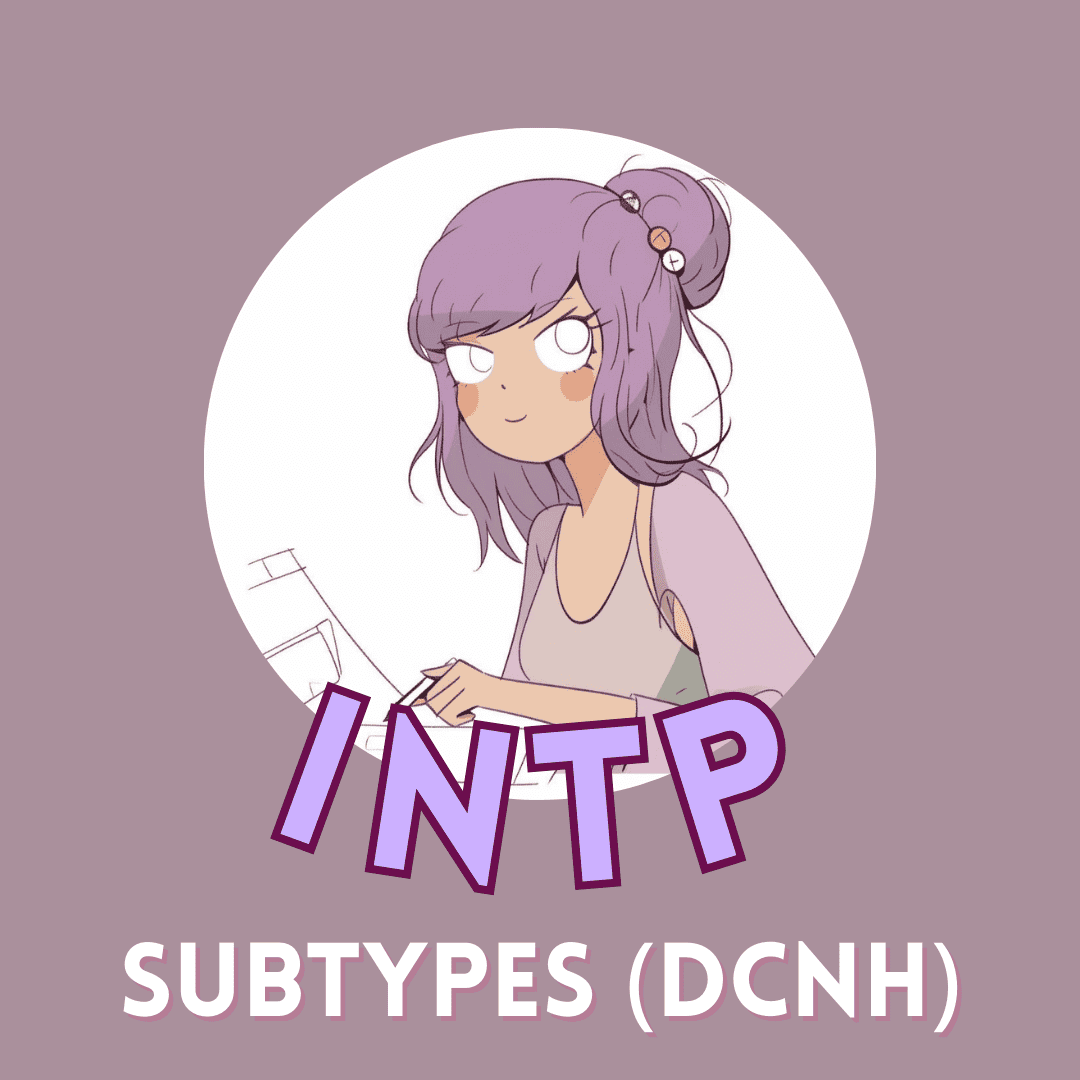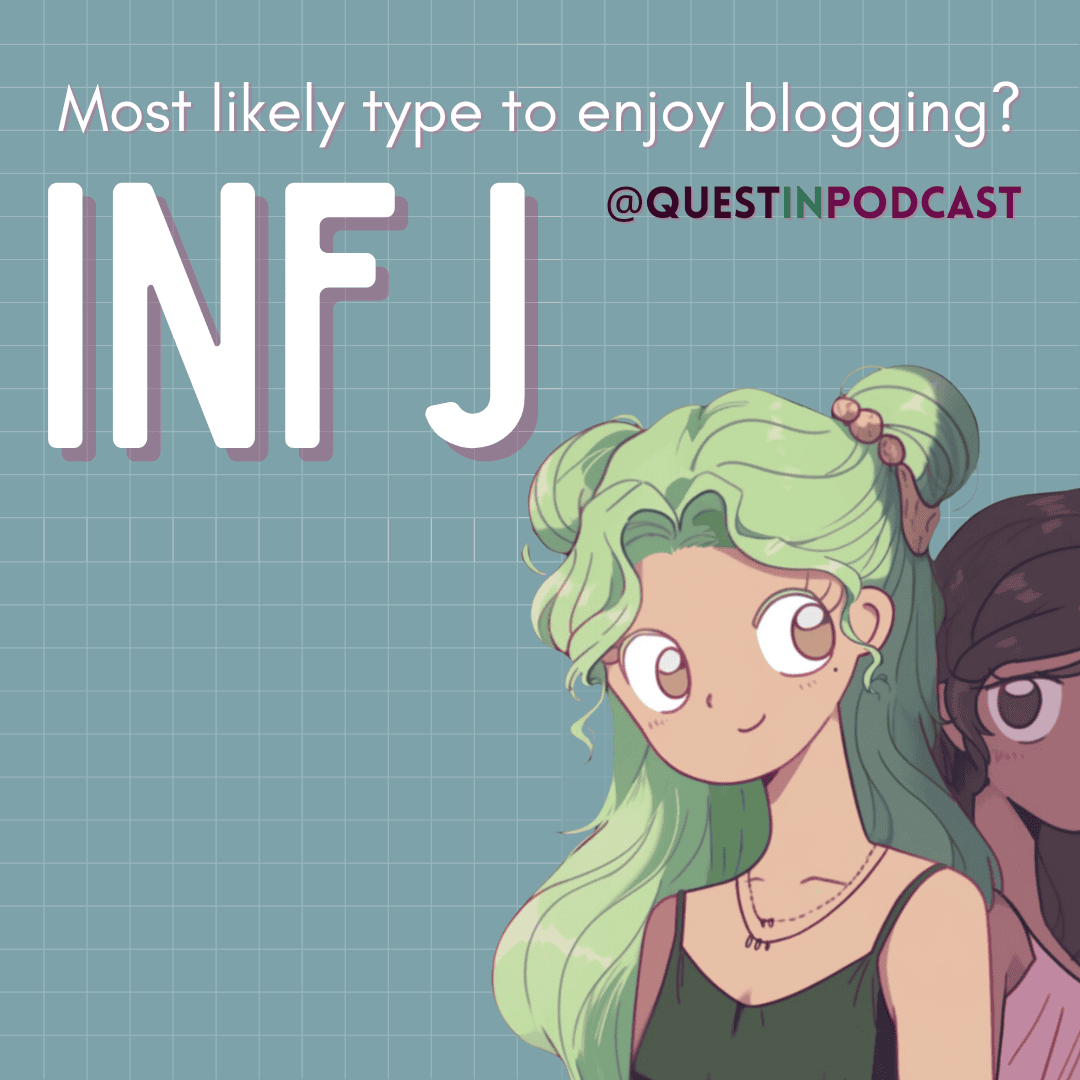
INTP Subtypes (Socionics DCNH)
What are INTP subtypes?
The psychological subtypes were originally introduced by Viktor Gulenko, but Dr. Dario Nardi expanded upon the framework in his latest released book Decode Your Personality (2024). The four subtypes are INTP-D (dominant), INTP-C (creative), INTP-N (normalizing), and INTP-H (harmonizing)
Viktor Gulenko’s subtype theory explains why “you will see that, despite the shared type, some will be more active, others more passive, some more resourceful, and others more reserved, etc.”

In this article, you’ll find a quick summary of the distinctions between the 4 INTP subtypes according to Dr. Dario Nardi’s brain research.
I recently interviewed Dario and you can find our interview on my YouTube channel if you’re interested in hearing about his journey conducting brain research in the field of personality typology. His work reveals the observable physiological differences in brain wiring for the different psychological types.
Anyways, let’s explore the subtypes a little. If you like MBTI, be sure to also check out some of my other articles I’ve written. 🙂

INTP-D (The Dominant INTP Subtype)
An INTP-D subtype is named the “Ambitious Strategist” who tends to be more driven and confident compared to other INTPs. The Dominant INTP tends to be comfortable in a managerial role or front-facing leadership position. They may explore entrepreneurship but will most likely prefer to be in an organization that aligns with their values and handles the execution of small details.
The Brain Wiring Pattern of an INTP-D Subtype
The neurological patterns observed with this INTP subtype show a bias toward the front of the brain as well as the left hemisphere. They do not tend to favor unstructured creativity. They rely on the brain regions active for speaking, listening, and language-based reasoning.
These INTPs balance flexing between the context of a matter while holding to a principle. They speak their mind as needed, especially if something contradicts their understanding. When immature, this can make them quite critical, argumentative, and highly skeptical. If something counters a core concept, they may wrongfully ignore it.

In-person, these INTPs have a strong physical presence. When they are right, it is truly what others need to hear. When they are wrong, it’s hopeless to try to change their perspective.
The Dominant INTP is comfortable with the laws of power in human nature and proceeds patiently with an eye for when and where to use leverage. They strategize at a grand scale with people and ideas.
SIDE NOTE: For my husband, this side comes out when we play games together. He’s one of the sweetest, most respectful people ever otherwise. But when we play a game (like Catan), then all of a sudden he’s a war dictator who has zero mercy in his strategies to win.
INTP-C (The Creative INTP Subtype)
An INTP-C subtype gets the name of “Curious Investigator” which is more exploratory and social than other INTPs. This INTP is the most curious, playful, and funny of the subtypes. They may even be perceived as social extroverts with their energy and enthusiasm.
This subtype knows how to engage others and get things going by posing interesting questions and offering fun ideas.
The Brain Wiring Pattern of an INTP-C Subtype
The brain pattern of this INTP subtype reveals a strong, solid “starburst” pattern that is typical of fast intuitive insights. They intake data and quickly play around with it mentally in different ways.
These INTPs tend to have strong auditory, linguistic, and visual skills. Often, they show a strong goal-focused capacity for speaking with attention to word content and processing more-obvious social feedback.
The Creative INTP enjoys a wide range of interests and can accumulate an incredible database of eclectic knowledge. They will know many details about certain subjects. Potential patterns excite them. One internet search can easily turn into hours of fascinating but unproductive exploring.
In the workplace, they bounce around on various angles of a project. This can come off as scattered or distracted and may result in difficulty attending to official tasks. Professionally, they may struggle to settle into a career. Even in traditional established professions (such as medicine or law) these INTPs will develop their own unique framework and practice it in their preferred way.
INTP-N (The Normalizing INTP Subtype)
Dr. Dario Nardi calls this INTP subtype the “Exacting Designer” who tends to be more conventional and specialized than other INTPs. The Normalizing INTP are quiet, observant specialists who enjoy focusing deeply in one area with an incredible degree of expertise.
The Brain Wiring Pattern of an INTP-N Subtype
The brain wiring of this subtype is relatively even across regions of the brain, with some bias to the back and/or left hemisphere. This patterning makes them linear, reflective, and analytical thinkers who process information one step at a time in a very rational way staying on a particular course once started.
For these INTPs, the problem-solving done in their work often serves as both work and play in their lives so they will enjoy discussing ins-and-outs of their work. The Normalizing INTP fits well into large, conventional organizations and they favor the steadiness of such a career as long as their projects are interesting enough to them.

Their whole brain tends to be wired around what they know, so they will be unlikely to flex to new ways due to their heavy investment in their domain. This makes them exceptional and quick to identify potential patterns in data that others would not see. They excel at resolving problems in their specialized domain.
These INTPs tend to have an understated humor that they employ as a kind of stress release. Their words can have multiple, subtle meanings. They tend to be very patient with people and institutional rules, despite having frustrations build up. Additionally, they are most likely to stick to mastering a specific hobby that brings them lots of enjoyment and stress relief.
INTP-H (The Harmonizing INTP Subtype)
The INTP-H subtype is the “Caring Theorizer” which is more empathic and reflective than most INTPs. These INTPs are most often in a people-helping role that focuses in human interactions, such as a psychologist or diplomat. However, they lean toward a behind-the-scenes style that is more subtle and supportive.
The Harmonzing INTP tends to be a patient listener and observer that can shift with others’ perspectives and needs. Their memory bank is filled with specific, detailed case examples of words and behavior patterns.
The Brain Wiring Pattern of an INTP-H Subtype
Harmonizing INTPs show one or more diamond-shaped networks that bridge hemispheres in the brain. Each network consists of 4-6 diverse brain regions that work together and multiple networks tend not to overlap. Each network is activated by its own “mode” or “angle” for addressing a problem
Using such networks, they experiment with questions to then correlate and shift angles until something “lands” to get the needed effect. One limit of this INTP is that the day-to-day details in maintaining daily life can be a major challenge.

In Decode Your Personality (2024), Dr. Dario Nardi notes that this variant becomes the most common at or after midlife.
Overall, the Harmonizing INTP can step up as wise, respected community leaders who focus on facilitating others’ potential rather than calculating gains. Usually, they do not consciously “experience” other people emotionally but can keep a helpful distance amongst confusion. They can sit with others in a mindful, patient way and assist in problem-solving to meet unstated needs. However, they may be prone to suffer an odd-stress response afterward by taking on such a burden at their expense.
Conclusion
Both Viktor Gulenko and Dr. Dario Nardi also calls the subtypes a theory on variants of personality. Dario specifically claims it is best to look at the subtypes as different strengths each type has access to.
I will write and share future content about Viktor Gulenko’s framework in Socionics with subtypes.
Thank you for reading! Check out a few other MBTI articles I have published.







